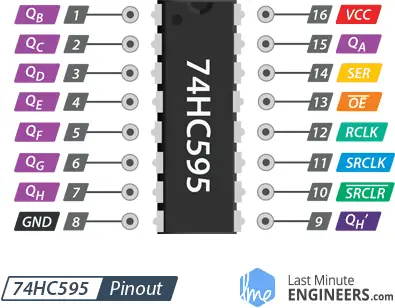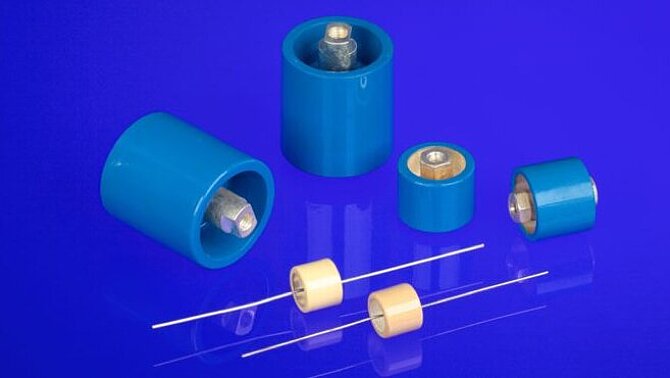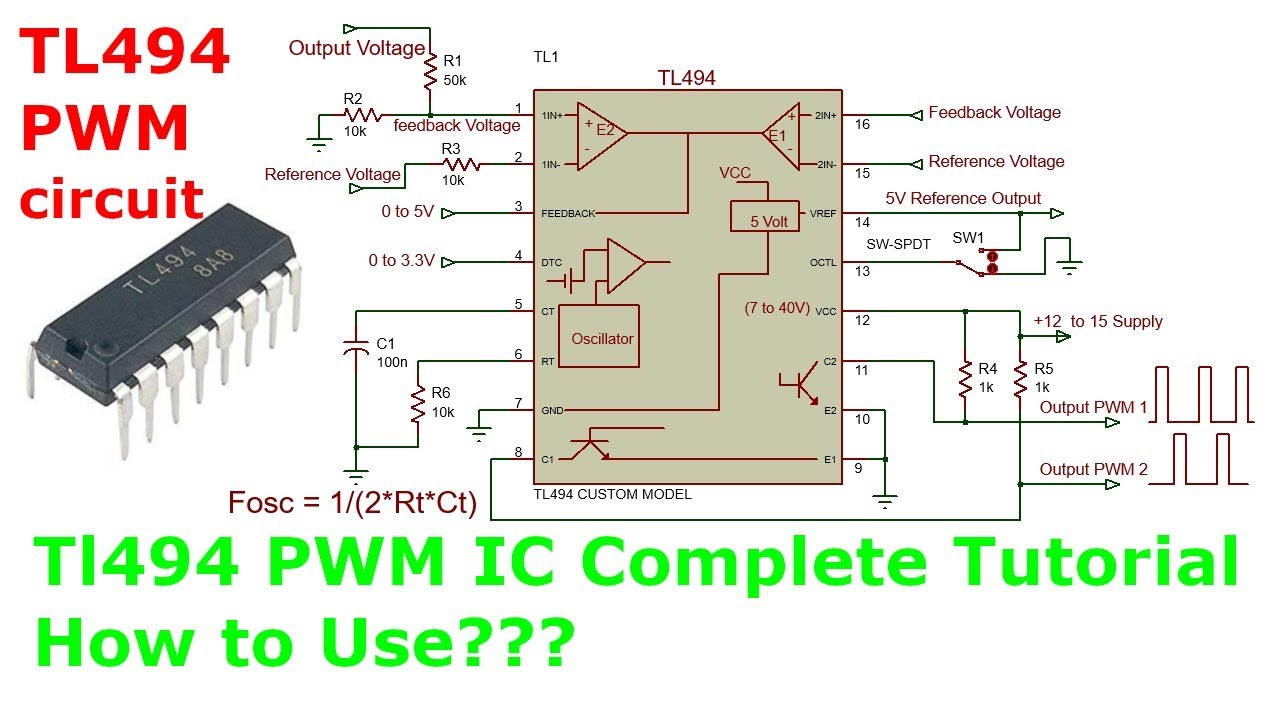How to Read a 74HC595 Shift Register
Shift registers are essential components in digital electronics, allowing you to expand the number of outputs on a microcontroller. The 74HC595 is a popular shift register that is widely used in various projects. In this article, we will discuss how to read a 74HC595 shift register effectively.
Before we dive into the details of reading a 74HC595 shift register, let’s first understand the basics of how it works. A shift register is a circuit that stores and shifts data serially. The 74HC595 has 8 outputs, allowing you to control 8 different devices using only 3 pins of your microcontroller. This makes it an efficient way to expand the output capabilities of your projects.
Step 1: Connect the 74HC595 Shift Register
The first step in reading a 74HC595 shift register is to correctly connect it to your microcontroller. You will need to connect the data, clock, and latch pins of the shift register to the corresponding pins on your microcontroller. Make sure to refer to the datasheet of the 74HC595 for the pinout diagram and connection details.
Step 2: Shift In Data
Once you have connected the 74HC595 to your microcontroller, you can start shifting in data. To read data from the shift register, you need to send a series of pulses to the clock pin while toggling the data pin to read the output states. The latch pin is used to latch the data into the output register.
Step 3: Read the Output
After shifting in the data, you can read the output states from the 74HC595 shift register. Each output pin corresponds to a bit in the register. By reading the states of these output pins, you can determine the data stored in the shift register.
Step 4: Use the Data
Once you have read the data from the 74HC595 shift register, you can use it to control external devices or perform other actions in your project. The data you read can be used to set the states of LEDs, relays, or any other devices connected to the outputs of the shift register.
Conclusion
Reading a 74HC595 shift register is a simple process that can greatly expand the capabilities of your projects. By following the steps outlined in this article, you can effectively read data from a 74HC595 shift register and use it to control various devices in your projects. Experiment with different input data and explore the possibilities of using shift registers in your next project.
How to Read a 74HC595 Shift Register
Shift registers are essential components in digital electronics, allowing you to expand the number of outputs on a microcontroller. The 74HC595 is a popular shift register that is widely used in various projects. In this article, we will discuss how to read a 74HC595 shift register effectively.
Before we dive into the details of reading a 74HC595 shift register, let’s first understand the basics of how it works. A shift register is a circuit that stores and shifts data serially. The 74HC595 has 8 outputs, allowing you to control 8 different devices using only 3 pins of your microcontroller. This makes it an efficient way to expand the output capabilities of your projects.
Step 1: Connect the 74HC595 Shift Register
The first step in reading a 74HC595 shift register is to correctly connect it to your microcontroller. You will need to connect the data, clock, and latch pins of the shift register to the corresponding pins on your microcontroller. Make sure to refer to the datasheet of the 74HC595 for the pinout diagram and connection details.
Step 2: Shift In Data
Once you have connected the 74HC595 to your microcontroller, you can start shifting in data. To read data from the shift register, you need to send a series of pulses to the clock pin while toggling the data pin to read the output states. The latch pin is used to latch the data into the output register.
Step 3: Read the Output
After shifting in the data, you can read the output states from the 74HC595 shift register. Each output pin corresponds to a bit in the register. By reading the states of these output pins, you can determine the data stored in the shift register.
Step 4: Use the Data
Once you have read the data from the 74HC595 shift register, you can use it to control external devices or perform other actions in your project. The data you read can be used to set the states of LEDs, relays, or any other devices connected to the outputs of the shift register.
Conclusion
Reading a 74HC595 shift register is a simple process that can greatly expand the capabilities of your projects. By following the steps outlined in this article, you can effectively read data from a 74HC595 shift register and use it to control various devices in your projects. Experiment with different input data and explore the possibilities of using shift registers in your next project.



